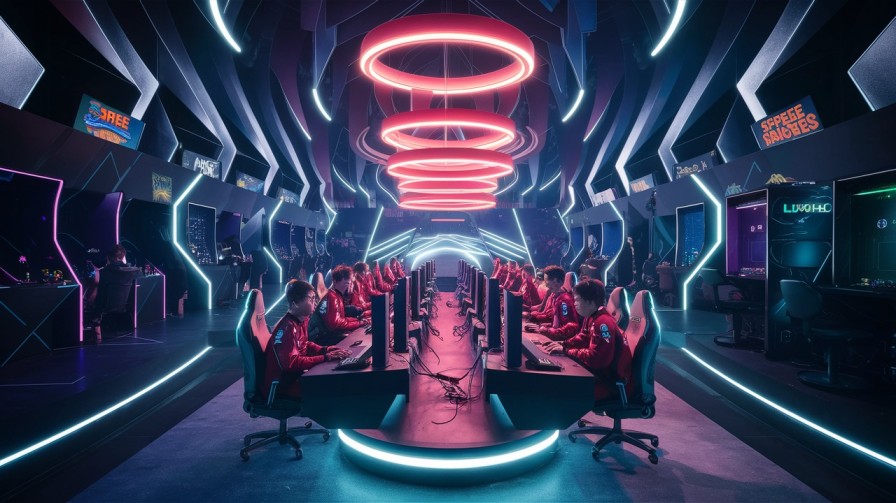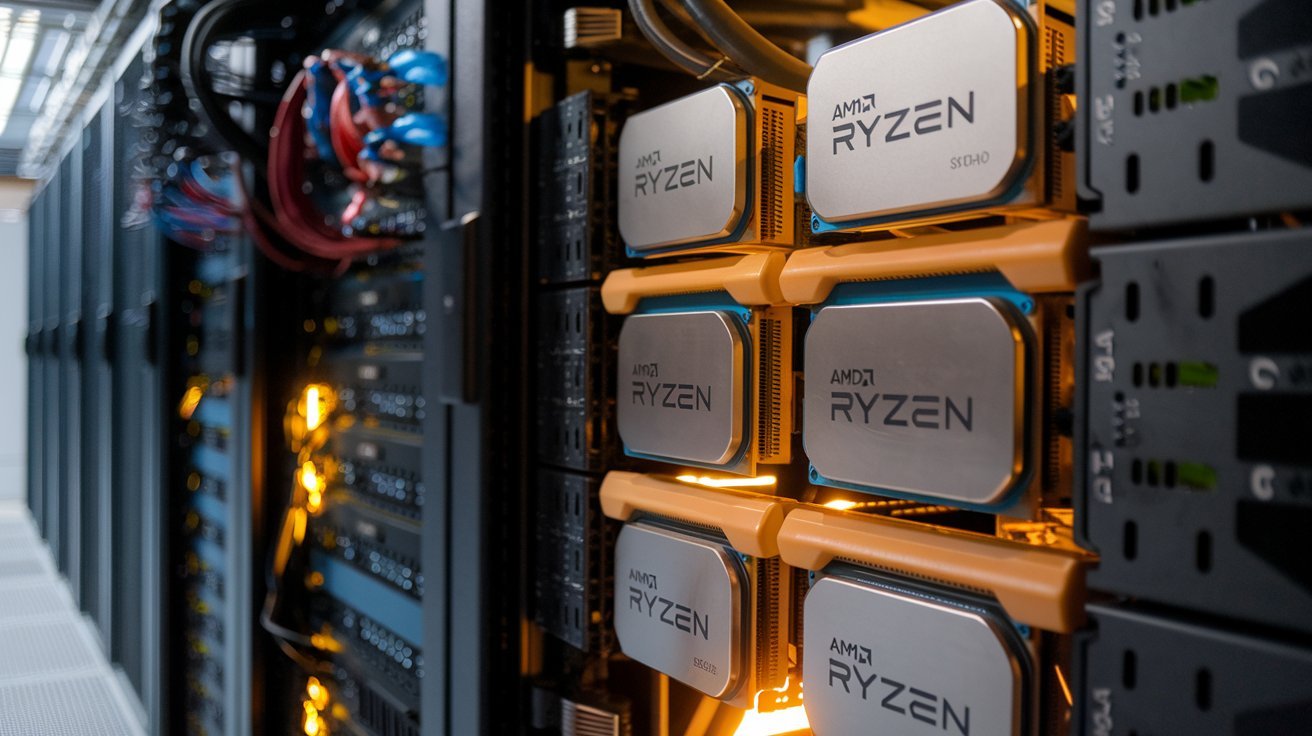Introduction
Tech etruesports refers to the integration of advanced technologies in the competitive gaming industry, enhancing both player performance and viewer experience. This encompasses high-speed internet for seamless gameplay, cutting-edge gaming hardware like powerful PCs and high-refresh-rate monitors, and innovative platforms such as AI-driven analytics and VR/AR for immersive experiences. Tech etruesports is at the forefront of transforming esports into a globally accessible and highly engaging phenomenon, continually pushing the boundaries of what is possible in competitive gaming.
The Beginnings of Esports
The roots of esports can be traced back to the 1970s and 1980s, when the most punctual competitive gaming occasions took place. Games like “Space Invaders” and “Pong” were among the to begin with to motivate competitive play. In any case, it was in the late 1990s and early 2000s that esports started to advance into an organized, proficient industry, thanks to progressions in technology.
Internet Infrastructure and Its Impact
One of the most noteworthy mechanical progressions that have moved esports into the standard is high-speed internet. In the early days of competitive gaming, dial-up associations constrained the capacity to play against others online. The move to broadband internet in the late 1990s and early 2000s revolutionized this perspective. High-speed web not as it were empowered smoother, more dependable gameplay but too permitted for the rise of online multiplayer games.
With the appearance of fiber-optic web associations and 5G networks, the esports experience has come to unused status. These innovations decrease inactivity and give ultra-high-definition gushing, making it simpler for players to compete and for onlookers to appreciate the action.
Gaming Hardware Evolution
Esports competitors, like their conventional sports partners, require specialized hardware to perform at their best. This incorporates high-performance gaming PCs, screens with tall revive rates, and exactness gaming peripherals like mice and keyboards.
High-Performance Gaming PCs
Modern gaming computers are prepared with effective processors (CPUs) and graphics cards (GPUs) that can handle the requests of current recreations. The rise of esports has driven producers to make equipment particularly outlined for gaming, such as the NVIDIA GeForce and AMD Radeon arrangement of GPUs.
High-Refresh-Rate Monitors
High refresh rate monitors (120Hz, 144Hz, and even 240Hz) give smoother visuals and can make a noteworthy contrast in fast-paced diversions. These screens decrease movement obscure and input slack, giving players a competitive edge.
Gaming Peripherals
Gaming mice and consoles are built for speed and precision, regularly highlighting customizable buttons and high DPI (dots per inch) settings. Companies like Razer, Logitech, and SteelSeries lead the showcase in making peripherals custom-made for esports.
Streaming Platforms
The rise of platforms like Twitch, YouTube Gaming, and Facebook Gaming has been instrumental in the development of esports. These stages give a setting for players to broadcast their gameplay to a worldwide group of onlookers, turning gaming into an onlooker sport.
Rise of Twitch
Launched in 2011, Twitch rapidly became the go-to stage for live gushing video diversions. It permits watchers to observe live recreations, connected with streamers through chat, and indeed to bolster their favorite players.

YouTube Gaming and Facebook Gaming
As a portion of the bigger YouTube stage, YouTube Gaming offers live spilling and video on request (VOD) substance. It has pulled in a critical number of substance makers and esports competitions. Facebook’s section into the gaming scene has given another stage for gamers to stream and construct communities. Its integration with the bigger Facebook environment permits for special social features.
Monetization for Gamers
These stages have not as it were given a way for fans to observe esports but too empowered players to monetize their abilities through promotions, memberships, and donations.
Game Plan and Development
Game designers have moreover played a basic part in the rise of esports. Making a game that is both agreeable to play and to observe requires cautious plan and adjustment. A few diversions are outlined with competitive play in intellect from the beginning, consolidating highlights like onlooker modes, replay frameworks, and vigorous matchmaking algorithms.
Popular Esports Games and Their Features
League of Legends: Created by Revolt Recreations, “Alliance of Legends” is a prime case of an amusement planned for esports. It highlights normal overhauls to keep the diversion adjusted, an onlooker mode for watchers, and an in-game client that underpins tournaments.
Dota 2: Valve’s “Dota 2” is another foundation of the esports world. Known for its complexity and depth, “Dota 2” incorporates an advanced matchmaking framework and broad bolster for community-driven substance and tournaments.
Also Read: How to Actually Get Monopoly Go Free Dice In 2024: Top Tips
Artificial Insights and Information Analytics
Artificial insights (AI) and information analytics are progressively being utilized in esports for different purposes, counting player preparation, coordinate investigation, and fan engagement.
AI in Player Training
AI can analyze a player’s gameplay to recognize qualities and shortcomings. Apparatuses like Mobalytics for “Alliance of Legends” provide players with experiences into their execution, making a difference in their progress.
Match Analysis
Professional groups utilize information analytics to ponder their adversaries and plan procedures. By analyzing tremendous sums of gameplay information, groups can distinguish designs and propensities that can be abused in matches.
Enhancing Fan Engagement
AI is moreover utilized to improve the watcher encounter. For example, AI-driven cameras can naturally switch to the most energizing minutes amid a live broadcast, guaranteeing fans do not miss any basic action.
Virtual Reality and Augmented Reality
Virtual reality (VR) and increased reality (AR) are developing innovations that have the potential to revolutionize esports. Whereas still in the early stages, these advances offer modern ways to be involved and connected with games.
Introduction to VR Esports
Games like “Echo Arena” and “Beat Saber” are spearheading VR esports, where players physically move and are connected inside a virtual environment. These diversions offer a special and immersive encounter that conventional recreations cannot match.
AR for Spectators
Augmented reality can upgrade the seeing involvement by overlaying diversion data and measurements onto the real world. Imagine watching a live esports occasion with AR glasses that give real-time information on players and teams.

Cloud Gaming
Cloud gaming administrations like Google Stadia, NVIDIA GeForce Presently, and Microsoft xCloud point to make high-quality gaming open without the need for costly equipment. This might democratize esports and extend its group of onlookers further.
5G Connectivity
The rollout of 5G networks will essentially decrease inactivity and make strides the quality of versatile gaming. This may lead to the rise of versatile esports, bringing competitive gaming to an indeed broader audience.
AI and Machine Learning in Esports
Continued headways in AI and machine learning will indeed give more modern apparatuses for player preparation and coordinate examination. These advances might too be utilized to make more energetic and versatile games.
Cross-Platform Play
Increasingly, recreations are permitting players on diverse stages (PC, console, mobile) to compete against each other. This cross-platform compatibility can bind together the player base and lead to bigger, more different esports communities.
Economic Impact of Esports
Esports have a developing financial effect, with income streams coming from sponsorships, publicizing, media rights, stock, and ticket deals. Brands such as Intel, Red Bull, and different gaming equipment companies are conspicuous sponsors.
Future Trends in Esports Technology
As innovation proceeds to progress, the future of esports looks inconceivably promising. A few patterns are likely to shape the industry in the coming a long time, counting cloud gaming, 5G network, AI and machine learning, and cross-platform play. These developments will assist democratize get to to esports, improve gameplay and spectating, and grow the esports audience.
Conclusion
The relationship between technology and esports is advantageous and ever-evolving. As innovative advancements proceed to develop, they will without a doubt shape the future of esports in ways we can as it were to start to envision. From progressing gaming equipment and high-speed web to AI-driven analytics and immersive VR encounters, innovation is the driving constraint behind the hazardous development and continuous advancement of esports. As we see into the future, one thing is clear: the world of competitive gaming will proceed to flourish and grow, fueled by the persistent walk of mechanical progress.
FAQs
- What is esports?
Esports, or electronic sports, refers to competitive video gaming where players and teams compete in organized tournaments and leagues, often for significant prize money and global recognition.
- How did esports begin?
Esports began in the 1970s and 1980s with the first competitive gaming events. It gained significant traction in the late 1990s and early 2000s with the advent of high-speed internet and more powerful personal computers.
- What role does technology play in esports?
Technology is central to esports, providing the infrastructure for online play, high-performance gaming hardware, streaming platforms, AI and data analytics, and emerging technologies like VR and AR that enhance both gameplay and spectating.
- How do streaming platforms contribute to esports?
Streaming platforms like Twitch, YouTube Gaming, and Facebook Gaming allow players to broadcast their gameplay to a global audience, turning gaming into a spectator sport and enabling players to monetize their skills through advertisements, subscriptions, and donations.
- What are some popular esports games?
Popular esports games include “League of Legends,” “Dota 2,” “Counter-Strike: Global Offensive,” “Overwatch,” “Fortnite,” and “Call of Duty.”
Also Read: Mastering AOPG Trello: Everything You Need To Know






